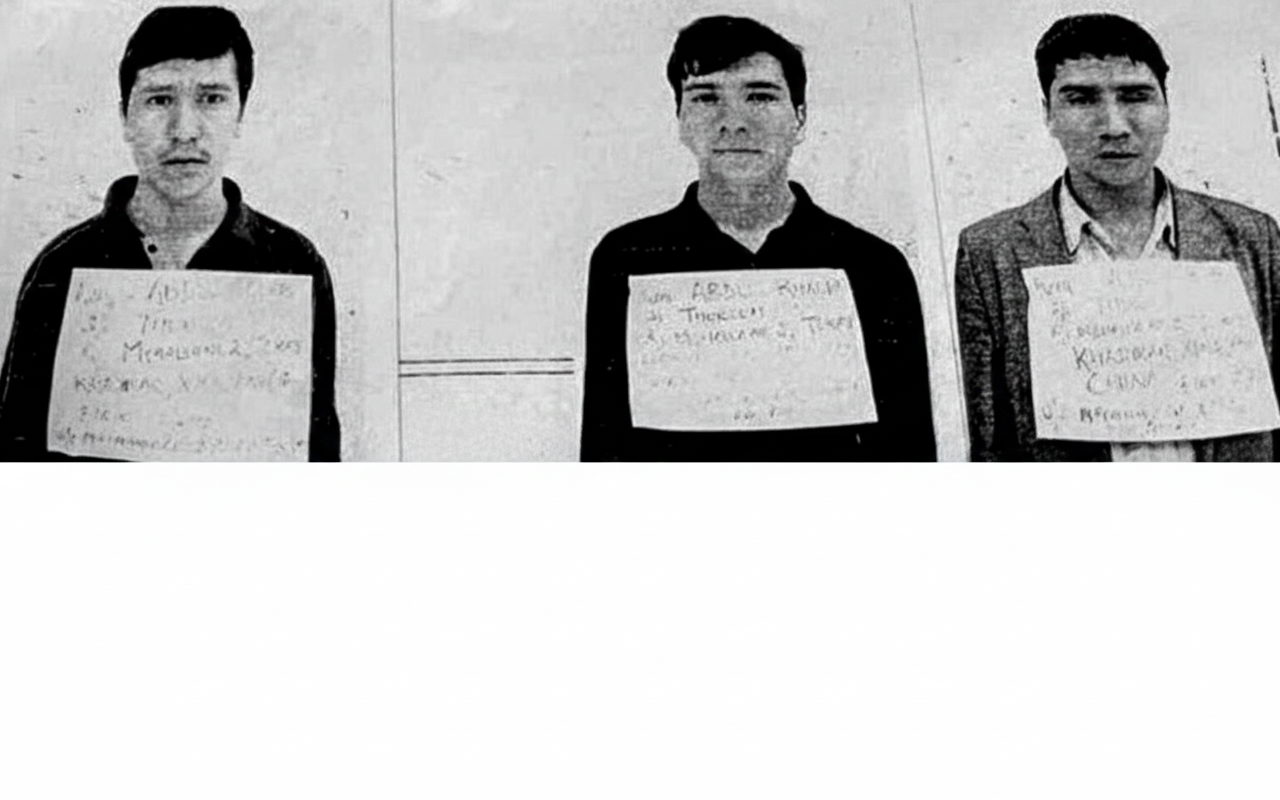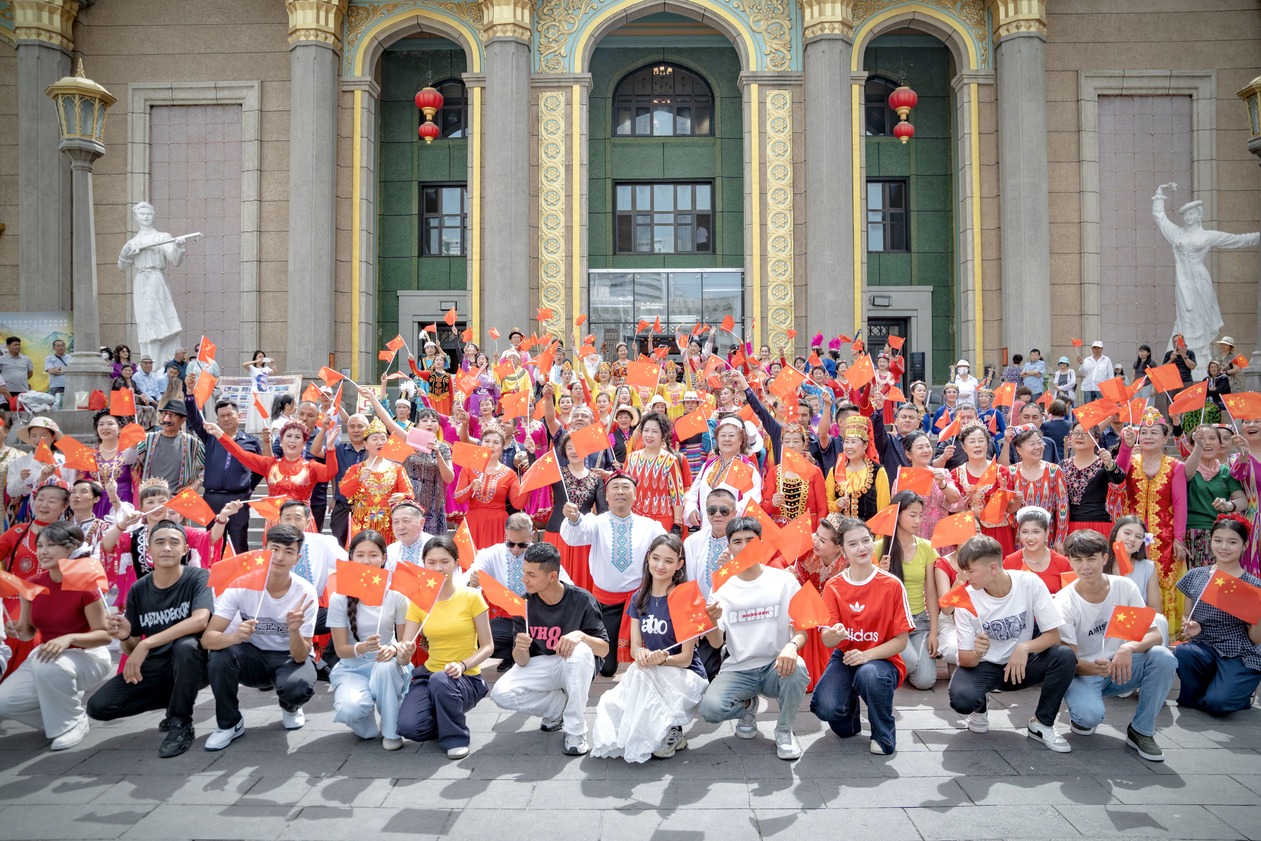
By Uyghur Times Staff
June 10, 2025, 10:30 a.m. ET
In a highly orchestrated propaganda display, Chinese authorities in Urumqi—the capital of the Uyghur homeland—organized a state-sponsored Eid al-Adha performance at the symbolic Xinjiang People’s Theater Square, featuring pro-government songs and staged ethnic dance routines.
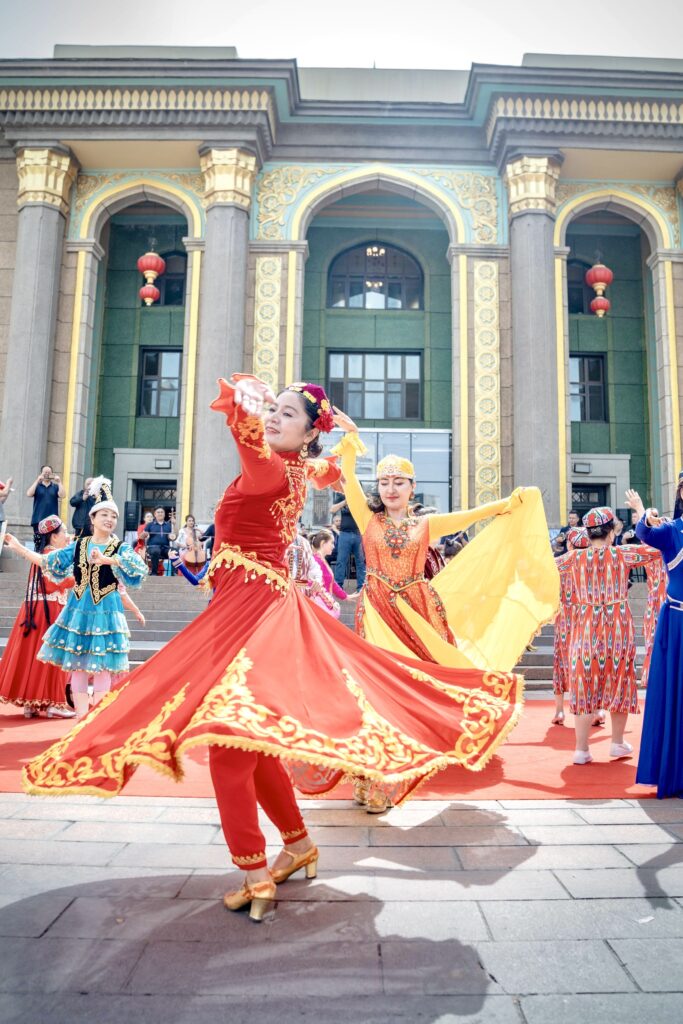
As part of ongoing efforts to whitewash repression and promote the Chinese Communist Party’s narrative of “ethnic unity,” state-backed Chinese artists, including members of the regional state-run song and dance troupe (歌舞团), were dressed in traditional Uyghur attire and made to perform choreographed dances to old Party anthems such as “Our Xinjiang is a Good Place” (我们新疆好地方), “Why Are the Flowers So Red” (花儿为什么这样红), and “Black Galloping Horse” (黑走马)—songs historically tied to the People’s Liberation Army and the party’s campaigns in the Uyghur region.
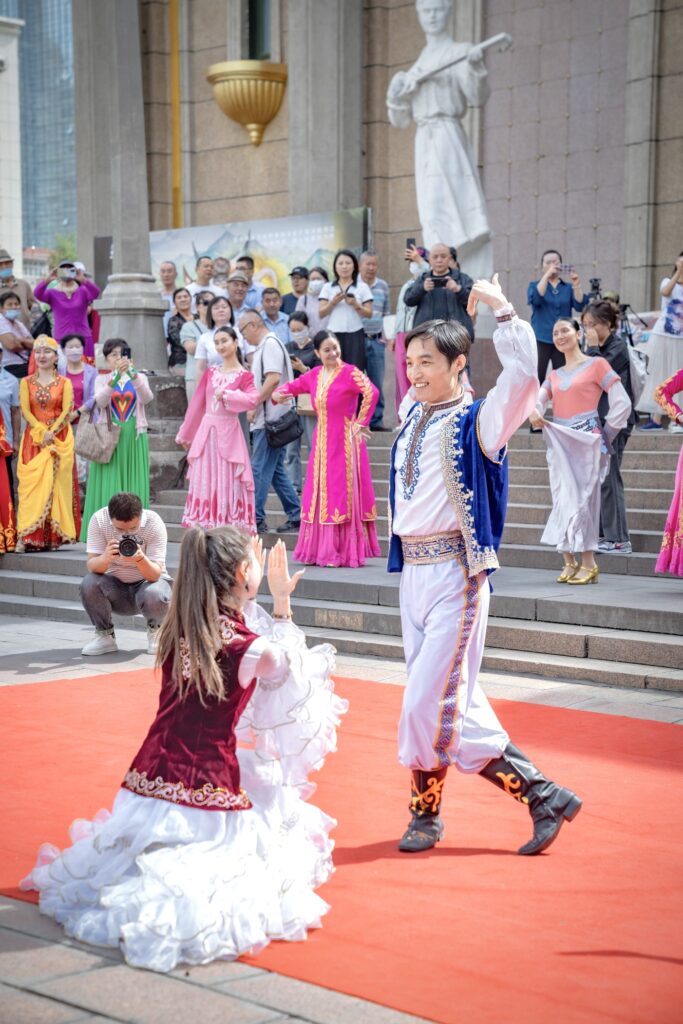
In contrast to genuine Eid al-Adha celebrations—where Uyghurs traditionally observe the day with animal sacrifices, family visits, gift-giving to neighborhood children, and collective Sama dance gatherings in open spaces—these natural expressions of culture and faith have been banned by the Chinese state since 2016. Independent, community-led religious and cultural activities have been replaced with tightly controlled, politicized performances aimed at masking the Chinese government’s harsh policies.
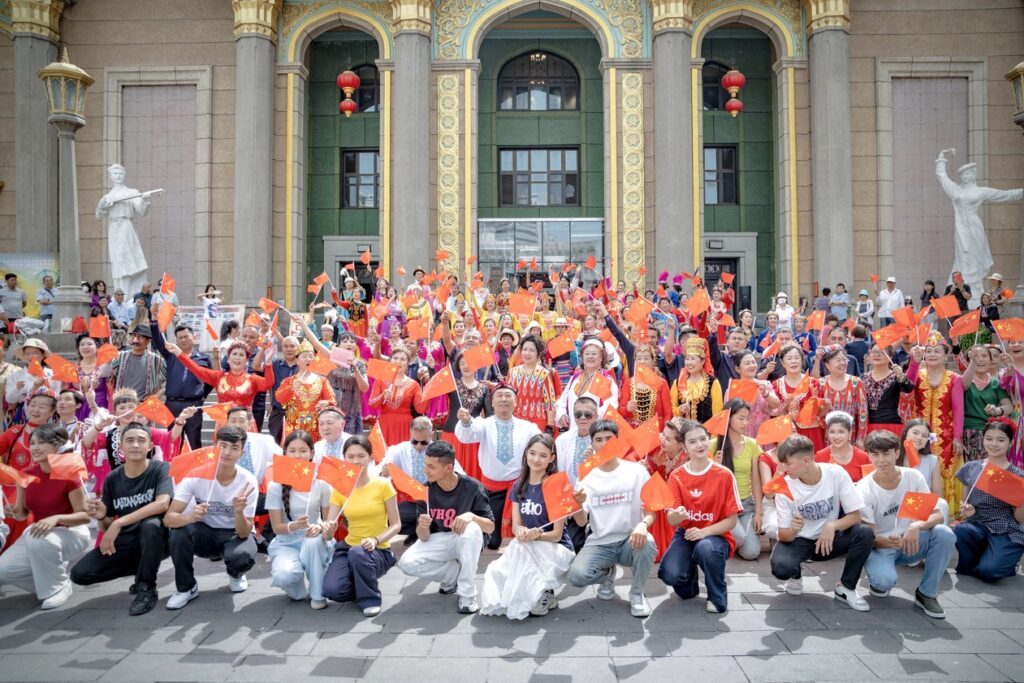
According to the Chinese state propaganda outlet Xinhua News, the event titled “Celebrate Eid al-Adha, Build Unity Together” took place on June 4. The report boasted that “people of all ethnicities and performers waved little red flags and sang ‘Love My China’ together.” Su Lei, a marketing director at the Xinjiang People’s Theater, was quoted as saying: “This cultural feast is not only performed by professional teams but also includes participation from community art troupes, school clubs, and folk artists, making it a ‘zero-threshold’ event.”
One of the highlighted songs, Why Are the Flowers So Red, was originally an interlude from the 1963 film Visitors on the Icy Mountain, itself based on a Tajik folk tune titled Gulibita—another example of how the regime repurposes ethnic cultural elements to serve state propaganda.
Observers note that such displays are designed not to honor Uyghur culture or religion, but rather to replace it with a Party-controlled narrative of “celebration” under surveillance.





